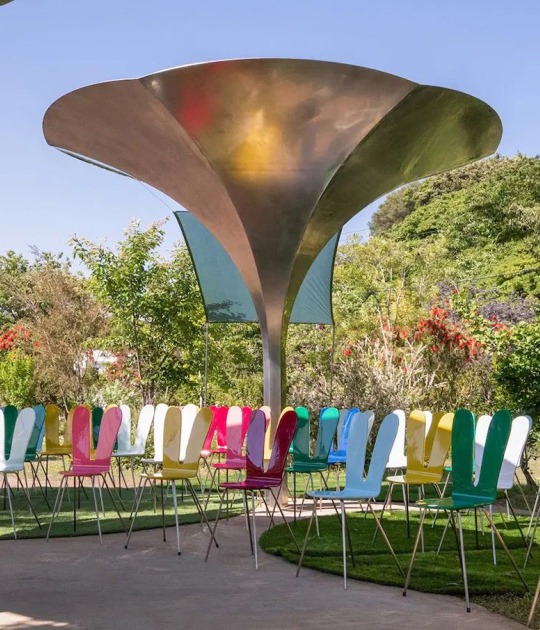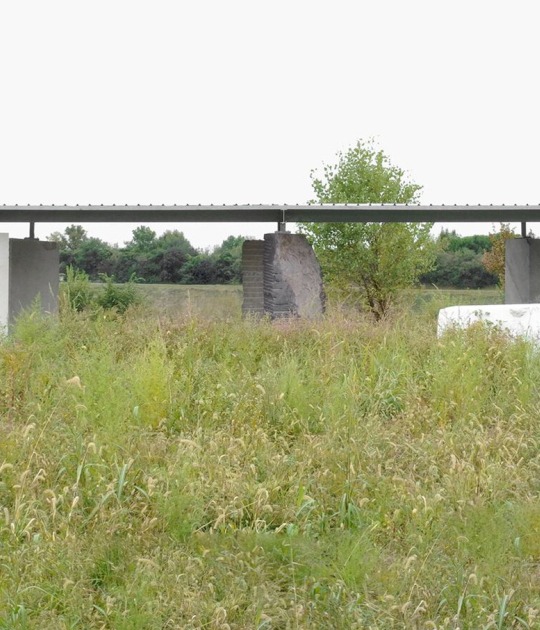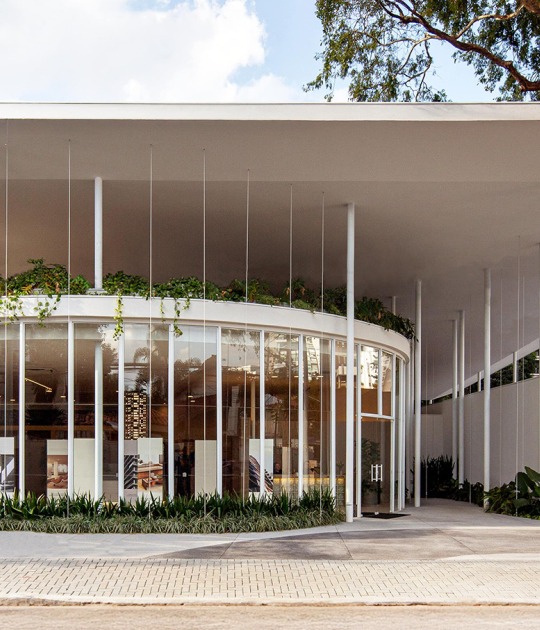Intelligence and recycling, it is the project sign by Caroline O'Donnell, in annual proposal for the MoMA PS1 Young Architects. Congratulations!
The Museum of Modern Art and MoMA PS1 announce CODA (Caroline O'Donnell, Ithaca, NY) as the winner of the annual Young Architects Program (YAP) in New York.
Now in its 14th edition, the Young Architects Program at MoMA and MoMA PS1 is committed to offering emerging architectural talent the opportunity to design and present innovative projects, challenging each year's winners to develop creative designs for a temporary, outdoor installation at MoMA PS1 that provides shade, seating, and water. The architects must also work within guidelines that address environmental issues, including sustainability and recycling. CODA, drawn from among five finalists, will design a temporary urban landscape for the 2013 Warm Up summer music series in MoMA PS1's outdoor courtyard.
The winning project, Party Wall, opening at MoMA PS1 in Long Island City in late June, is a pavilion and flexible experimental space that uses its large-scale, linear form to provide shade for the Warm Up crowds, in addition to other functions.
The porous façade is affixed to a tall self-supporting steel frame that is balanced in place with large fabric containers filled with water, and clad with a screen of interlocking wooden elements donated by Comet, an Ithaca-based manufacturer of eco-friendly skateboards.
The lower portion of the Party Wall’s façade is capable of shedding its “exterior,” as 120 panels can be detached from the structure and used as benches and communal tables during Warm Up and other diverse events and programs such as lectures, classes, performances, and film screenings.
A shallow stage of reclaimed wood weaves around Party Wall’s base to create a series of micro-stages for performances of varying types and scales. At various locations under the structure, pools of water serve as refreshing cooling stations that can also be covered to provide additional staging space or a shaded area from the direct sunlight.
Party Wall’s steel-angle structure is ballasted by water-filled “pillows” made of polyester base fabric that will be lit at night to produce a luminous effect. Party Wall acts as an aqueduct by carrying a stream of water along the top of the structure. The water is projected from the structure, via a pressure-tank, into a fountain that feeds a misting station and a series of pools.
"CODA's proposal was selected because of its clever identification and use of locally available resourcesthe waste products of skateboard-makingto make an impactful and poetic architectural statement within MoMA PS1's courtyard," said Pedro Gadanho, Curator in MoMA's Department of Architecture and Design. "Party Wall arches over the various available spaces, activating them for different purposes, while making evident that even the most unexpected materials can always be reinvented to originate architectural form and its ability to communicate with the public."
















![OB Space [NEMO] by Conjuntos Empáticos OB Space [NEMO] by Conjuntos Empáticos](/sites/default/files/styles/mopis_home_news_category_slider_desktop/public/2025-08/metalocus_conjuntos-empaticos_maca_ob-space-neno_16_p.jpg?h=3b4e7bc7&itok=tsZ36bI0)









